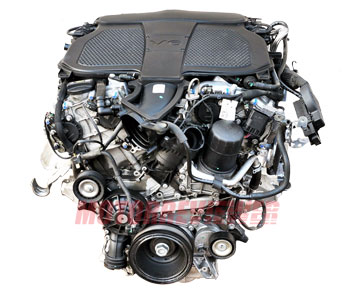rckimbrell
New Member
Hey Everyone: I have a 2013 E350 Coupe with the M276 engine. The car's production date was 7/6/12 and it has 60,000 miles on it. I bought it new and, while I don't have any issues, did MB ever do a recall to resolve the problem with the secondary timing chains rattling during start up (attached notice)? Is the M276 engine a reliable engine? Thanks and Regards, Bob


